Introduction

As the digital age continues to evolve, the importance of SEO (Search Engine Optimization) in content creation cannot be overstated. This article aims to provide a comprehensive guide on how to write an SEO-friendly English article that meets the standards of search engines. By following these guidelines, you can enhance your chances of ranking higher in search results and attracting more organic traffic to your website.
Keyword Research

Before you start writing, it's crucial to conduct thorough keyword research. This involves identifying relevant keywords that your target audience is searching for. Use tools like Google Keyword Planner, SEMrush, or Ahrefs to find keywords with high search volume and low competition. Incorporate these keywords naturally into your article to improve its SEO.
Tags: keywordresearch SEO contentcreation

Optimize Your Title

Your article's title is one of the first elements that search engines and readers will encounter. Make sure it is compelling, clear, and includes your primary keyword. This will not only help with SEO but also attract more clicks. Additionally, include secondary keywords in your title if possible.
Tags: titleoptimization SEO clickthroughrate
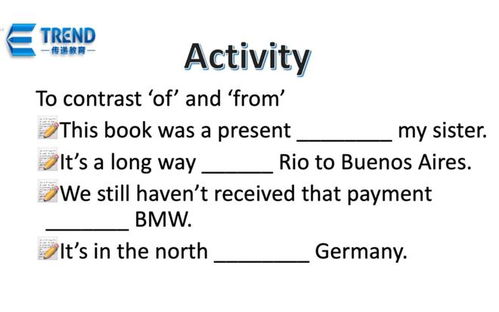
Meta Description
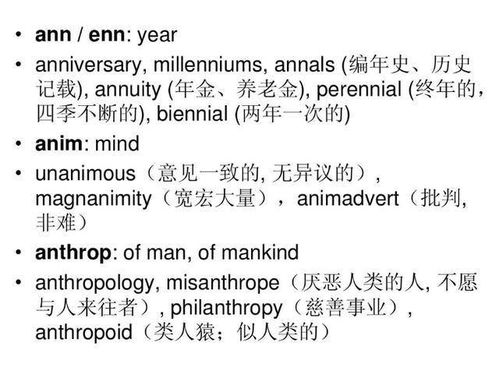
The meta description is a brief summary of your article that appears in search results. It should be concise, informative, and include your primary keyword. A well-crafted meta description can entice readers to click on your article, improving your click-through rate.
Tags: metadescription SEO clickthroughrate

Use Header Tags Effectively

Header tags (H1, H2, H3, etc.) help structure your content and make it easier for both readers and search engines to navigate. Use H1 for your main title, H2 for subheadings, and H3 for further subtopics. This not only improves readability but also helps search engines understand the structure and hierarchy of your content.
Tags: headertags SEO contentstructure
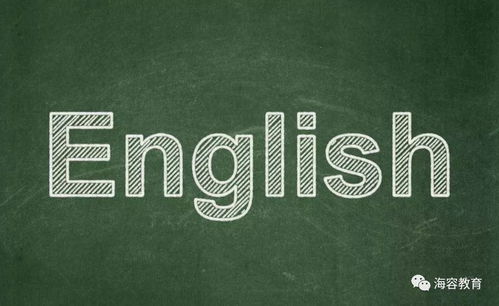
Incorporate Keywords Throughout the Article
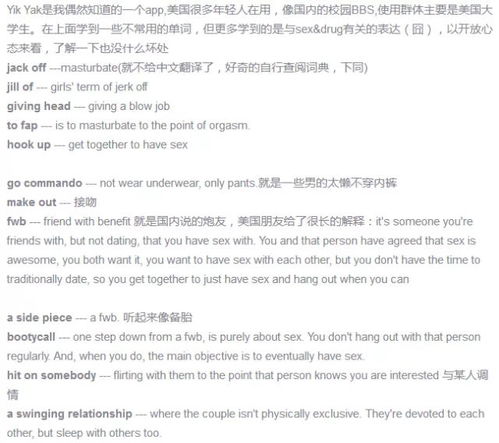
While it's important to include your primary keyword in your title and meta description, it's equally crucial to use it naturally throughout the article. Aim for a keyword density of 1-2% and ensure that the content flows naturally. Avoid keyword stuffing, as this can negatively impact your SEO.
Tags: keyworddensity SEO keywordstuffing

Incorporate Internal and External Links

Internal links are links to other pages on your website, while external links are links to other websites. Both types of links can improve your SEO. Internal links help search engines crawl your website more effectively, while external links can establish credibility and authority. Include relevant internal and external links throughout your article.
Tags: internallinks externallinks SEO
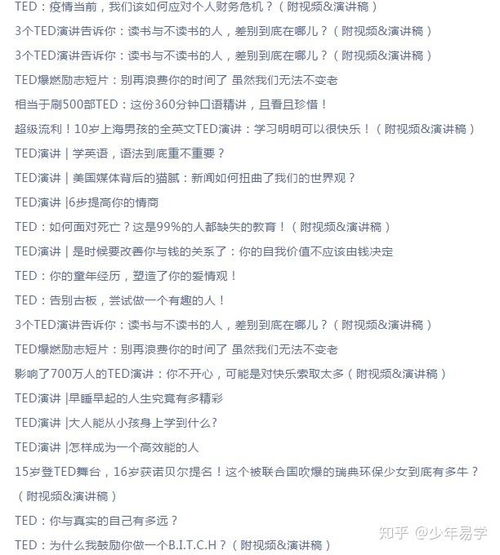
Optimize for Mobile Devices

Tags: mobileoptimization SEO readability

Incorporate Multimedia Elements

Adding multimedia elements such as images, videos, and infographics can make your article more engaging and informative. Ensure that these elements are optimized for SEO by using descriptive file names, alt text, and proper dimensions. This can help improve your article's ranking and user experience.
Tags: multimediaelements SEO userexperience

Conduct a Final SEO Audit

Before publishing your article, conduct a final SEO audit to ensure that everything is in place. Use tools like Google Search Console, Moz, or SEMrush to check for any errors, broken links, or other issues that could impact your SEO. Make necessary adjustments to improve your article's performance.
Tags: SEOaudit SEO performance

Conclusion
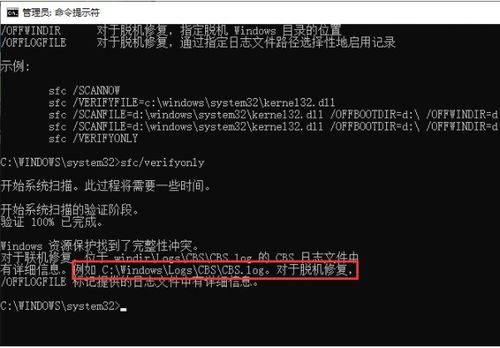
Writing an SEO-friendly English article requires careful planning and attention to detail. By conducting thorough keyword research, optimizing your title and meta description, using header tags effectively, incorporating keywords throughout the article, and incorporating multimedia elements, you can improve your chances of ranking higher in search results and attracting more organic traffic to your website.
Tags: SEO contentcreation rankings

